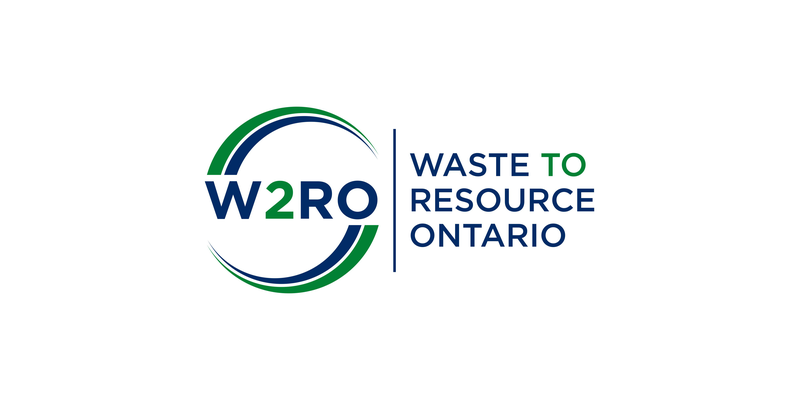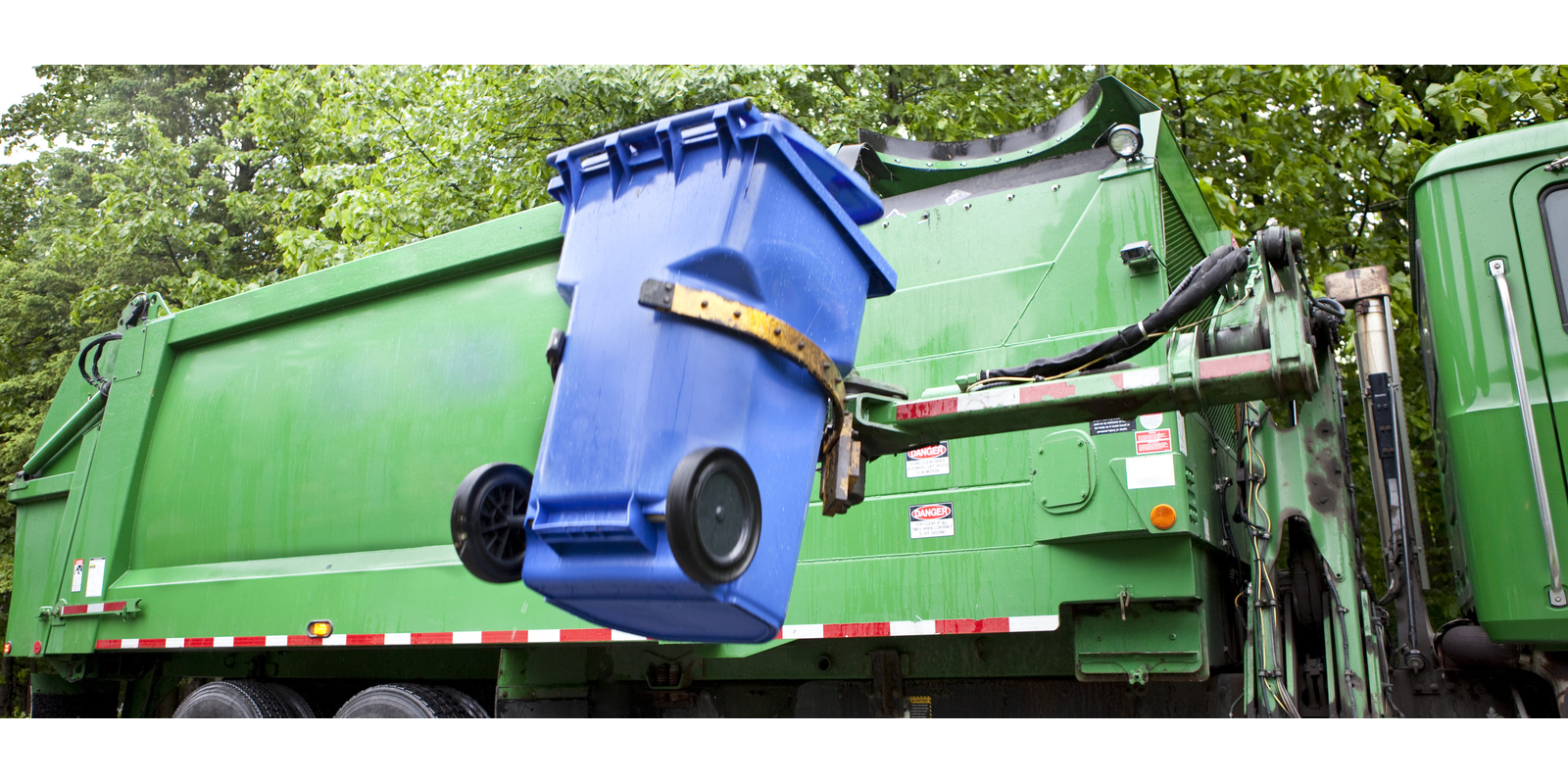Recycling in Ontario
The passage of the Waste-Free Ontario Act in June 2016 marked a turning point for our province. It ushered in a new opportunity for Ontario to lead North America in the advancement of a strong circular economy that reduces waste and lowers greenhouse gas emissions, while promoting economic growth and creating good, well-paying jobs for Ontarians.
In fact, the Conference Board of Canada has identified that moving to a more circular economy could support the creation of close to 13,000 new jobs in Ontario and provide a $1.5-billion boost to the province’s gross domestic product.
But the promise of Ontario’s circular economy legislation has not yet been realized. For it to be effective, several regulations must be developed to transform Ontario’s existing recycling programs into true producer responsibility initiatives that empower the market, not the government, to increase diversion by treating waste as a resource that can be recovered and recycled into new products.
Getting the design of these regulations right could pull Ontario out of a decades-long recycling slump and put our province in a leadership position on policy design and environmental protection. That's why W2RO and its committees have ranked the development of new regulations as a top issue for our association.
W2RO Statement: Transition of Ontario's Blue Box Program to Producer Responsiblity model - August 2019
Waste to Resource Ontario (W2RO) commends the Minister of the Environment, Conservation and Parks on his August 15th, 2019 announcement regarding the management and transfer of Ontario’s Blue Box Program to a producer responsibility model.
This change will incentivize producers to effectively and accountably promote waste diversion, better manage the handling of products and packaging at the end-of-life stage, and reduce the burden on municipal taxpayers, which currently exceeds $120 million a year.
A full producer responsibility model for the Blue Box Program also makes producer companies responsible for the true costs of recovering materials from the waste stream, and encourages improved diversion of waste from landfills.
W2RO looks forward to further consultations among stakeholders, including stewards, municipalities and service providers (e.g. collectors, haulers, processors, recycled product manufacturers) as the transition plan is further developed. It is vital that waste service providers and municipalities receive transparent and clear communications on a regular basis during development and implementation of the plan.
Background
Some of the first curbside recycling programs were introduced by Ontario municipalities in the 1980’s. Ontario’s internationally recognized Blue Box Program has helped Ontarian's achieve a 62% rate of recycling.
W2RO recommends the following measures be taken to ensure the successful transition of the Blue Box Program to a producer responsibility model:
- Set adequate recycling targets; targets should increase over time, and be flexible depending on the type of materials.
- Ensure a competitive bidding and procurement process for waste services such as: collecting, sorting and processing.
- Harness economic opportunity by requiring a mandatory amount of recycled content into products and packaging generated by producers.
- Reduce barriers to investing and building new waste management facilities.
- Improve the systems for ensuring that Blue Box materials that are collected are actually recycled, including following CSA Guidelines, waste audits and performance measurement.
- Visit W2RO News page for more recent recycling updates.
Documents
OWMA Submission to Ontario Special Advisor on Waste and Recycling - July 11, 2019
Minister's Direction Letter to Stewardship Ontario - August 15, 2019
Minister's Direction Letter to RPRA - August 15, 2019
Official OWMA Statement re: Changes to Blue Box Program – August 2019

